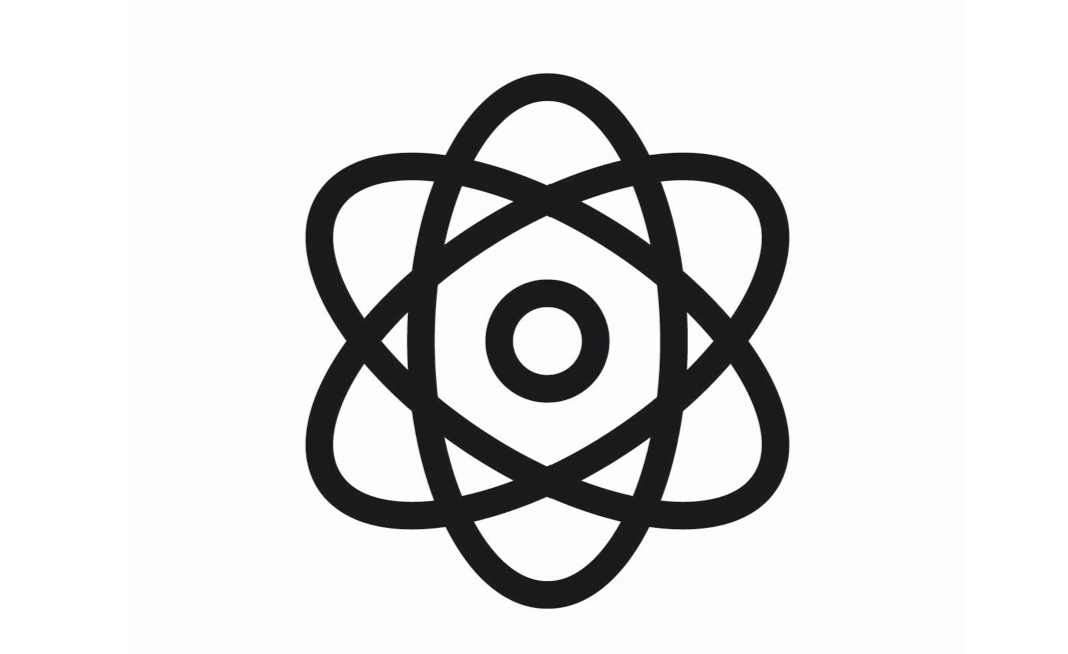Hallmarks of Malignant Growth: Deregulating Energy Metabolism
December 20, 2018
In trying to understand what makes the idea of continuous growth so powerful (despite clear evidence that it is a harmful concept) The Incredible Shrinking Man turned to cancer research to learn where healthy growth turns malignant. Although cancer is a very complex phenomenon the seminal paper “ The hallmarks of cancer” managed to simplify its underlying process to ten common traits that every single cancer shares to facilitate the transformation from a normal cell to a cancer cell. Published by Robert Weinberg and Douglas Hanahan in 2000, with an updated version in 2013, the paper functions as a guide and lens to learn what the underlying principles of growth are. And what to do about it when things go wrong. Like in our growth-obsessed economy perhaps.
The ninth hallmark is cancer’s ability to reprogram the cell’s energy metabolism to cater for its enormous resource needs. Everything a cell does needs energy obtained from breaking down nutrients through respiration, a process of metabolic reactions. This energy is then stored as adenosine triphosphate (ATP), the energy currency of the cell. Normal cells, under normal conditions, undergo aerobic respiration, a metabolic pathway that requires oxygen. Cells break down glucose into pyruvate (glycolysis), to eventually form ATP, while releasing carbon dioxide as a waste product. When there isn’t enough oxygen, cells switch to anaerobic respiration where cells break down glucose into pyruvate and construct ATP but produce lactic acid instead of carbon dioxide. Aerobic respiration produces far more ATP molecules, 32 per molecule of glucose, than anaerobic respiration, which produces a mere two. Still cancer prefers the latter because of two reasons: 1. Although cancer cells produce far less ATP per molecule of glucose, they produce it almost a hundred times faster than normal cells. Cancer cells also actively produce more glucose transporters on their cell surface membranes, so more glucose is brought inside the cell. The benefits of speedy ATP production outweigh the costs associated with inefficient glucose breakdown. 2. Cancer cells undergoing aerobic glycolysis also produce many intermediate biosynthetic precursors used as building blocks by the rapidly dividing cells. In healthy cells the ability to grow and divide rapidly is useful in the context of wound healing and immune responses. When an immune response is required, immune cells massively increase their glucose uptake, switch from metabolising glucose through normal respiration to aerobic glycolysis, and ramp up the biosynthesis of proteins, lipids and DNA. Therefore, there is a strong evolutionary basis for rapid cell division and faster growth despite the inefficient use of glucose in the process. Cancer cells hijack this metabolic switch in order to fuel their own uncontrolled growth.